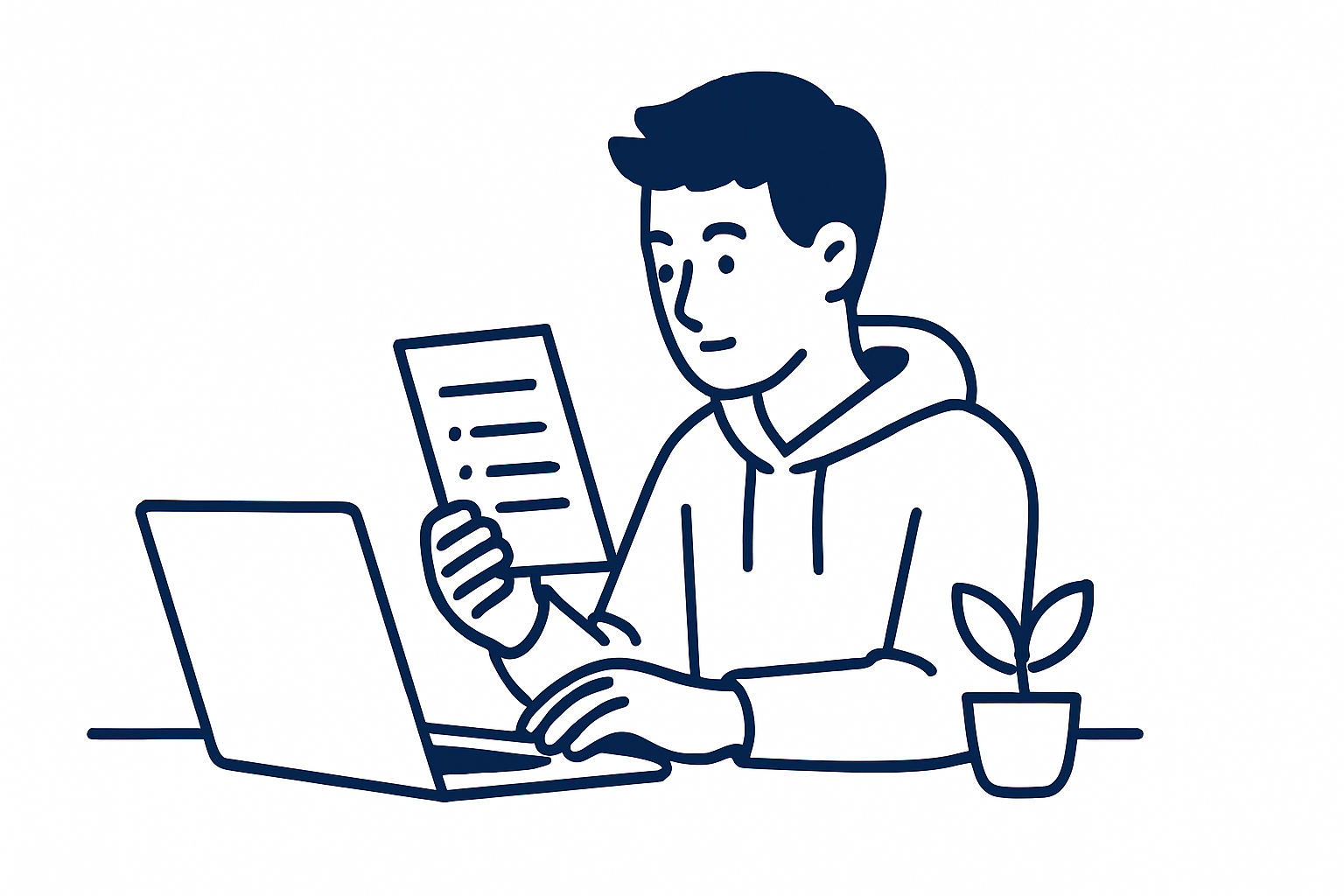Top 10 Job Interview Tips for 2025

In 2025, landing an offer means navigating AI-driven screening tools, skills-first hiring philosophies, and a hybrid world where video interviews are as common as face-to-face conversations. The ten tips below blend timeless best practices with new tactics for today's tech-infused market so you can impress both algorithms and humans—comfortably within an 8-minute read.
1. Decode the 2025 Hiring Landscape
Hiring teams are doubling down on skills-first recruiting, ranking demonstrable capability above pedigree or job titles.
AI screeners now filter up to 70 percent of applications before a human ever looks at them, so you must speak the language of both bots and recruiters.
2. Tune Your Résumé for Algorithms and People
Use the exact skills and keywords in the vacancy post; omit generic buzzwords that ATS parsers ignore. Psychometric and skills assessments increasingly follow the résumé stage, meaning fluff is easy to detect.
3. Rehearse With Generative AI—But Keep It Authentic
Three-quarters of candidates now use AI chatbots to draft answers or simulate practice interviews, and they land higher-paid roles more often than non-AI users.
Deploy tools like ChatGPT to polish wording, then add personal anecdotes so your voice still shines through.

4. Master the STAR (or CARL) Story Formula
Behavioral questions remain recruiters' favorite predictor of future performance. Harvard Business Review's 2025 update stresses preparing multiple STAR stories—Situation, Task, Action, Result—anchored in metrics.
Keep each story under two minutes, closing with a quantifiable payoff.
5. Showcase Portfolio-Ready Proof of Skill
From coding challenges to sales pitch simulations, live or take-home tasks are almost guaranteed. Highlight micro-projects on GitHub, Behance, or personal sites and mention any microcredentials that validate recent upskilling (70% of employers now value them).
"The way you present yourself in the first 30 seconds of an interview can significantly impact the interviewer's perception throughout the conversation."
6. Ace the Video (or One-Way) Interview
Check bandwidth (≥ 50 Mbps), frame yourself at eye level, and light your face evenly.
Treat the lens like a person—body language still counts.
Record practice rounds to refine pacing and eliminate filler words.
7. Demonstrate AI Literacy—Even Outside Tech Roles
Expect questions such as "How do you measure AI effectiveness?" or "What guardrails do you place on generative tools?"
Prepare a concise example of how you've leveraged (and ethically governed) AI to improve efficiency or creativity at work.
8. Highlight Adaptability and Continuous Learning
Employers prize learning agility over static expertise, using personality or resilience tests to probe it.
Reference recent courses, conferences, or cross-functional projects to show you keep pace in a fast-moving landscape.
9. Ask Forward-Thinking Questions
Probe topics that matter in 2025—AI ethics policies, upskilling budgets, remote-work structure, and DEI commitments. Intelligent questions signal strategic thinking and genuine interest in the company's direction.
10. Follow Up With Value, Not Just Thanks
Send a concise thank-you within 24 hours, then add a micro-deliverable (e.g., a short analysis, relevant article, or prototype link) that extends the conversation and reinforces your problem-solving skills. Personalized follow-ups can lift offer rates by double digits, according to multiple recruiting surveys.